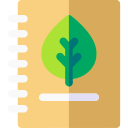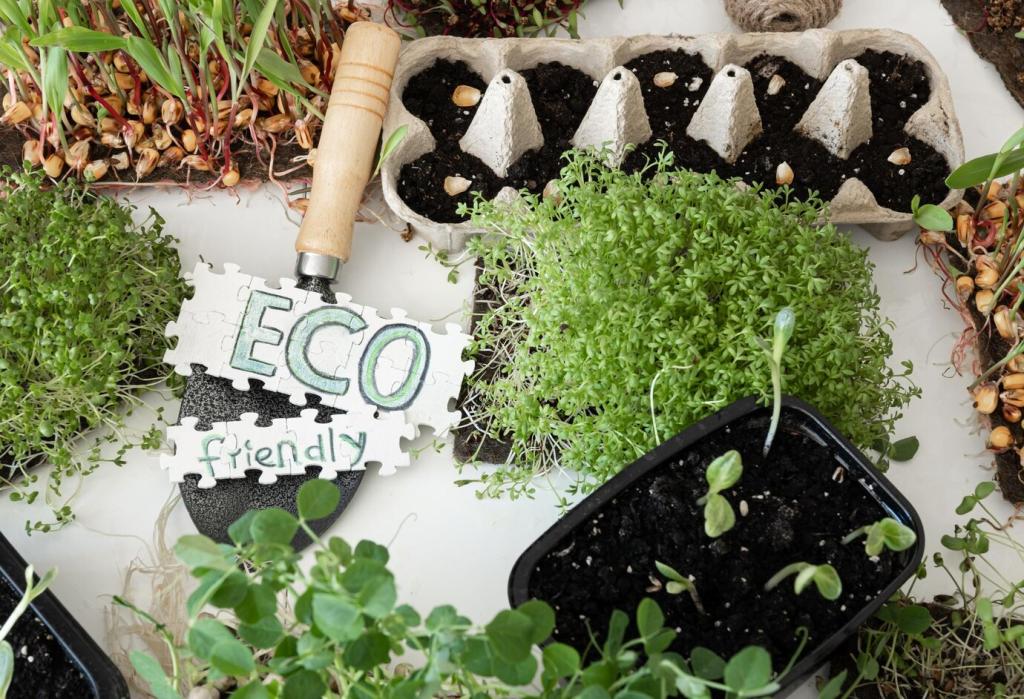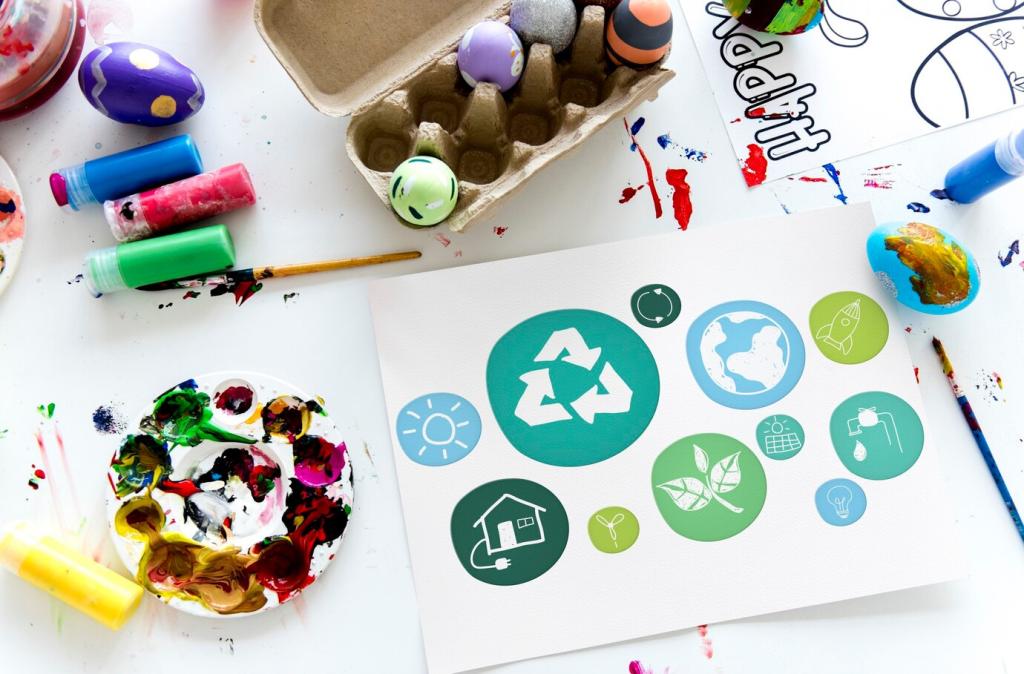From Lesson to Impact: Assessing Growth and Scaling Change
Ask students to curate sensor logs, map snapshots, drafts, and reflections. Growth shines through revisions. Invite peer commentary and community feedback. If you try portfolios this term, share a template request in the comments and we will send our favorite formats.
From Lesson to Impact: Assessing Growth and Scaling Change
Track tree shade added, liters of runoff mitigated, or species observations submitted. Partner with local organizations to validate impact. Encourage students to present to city councils. Subscribe for our impact tracker sheet tailored to digitally driven environmental projects.








